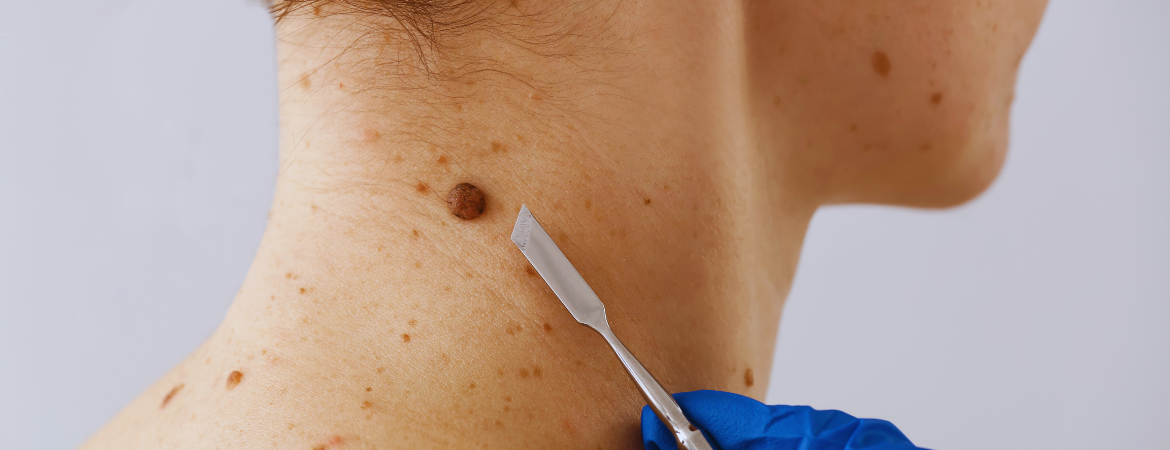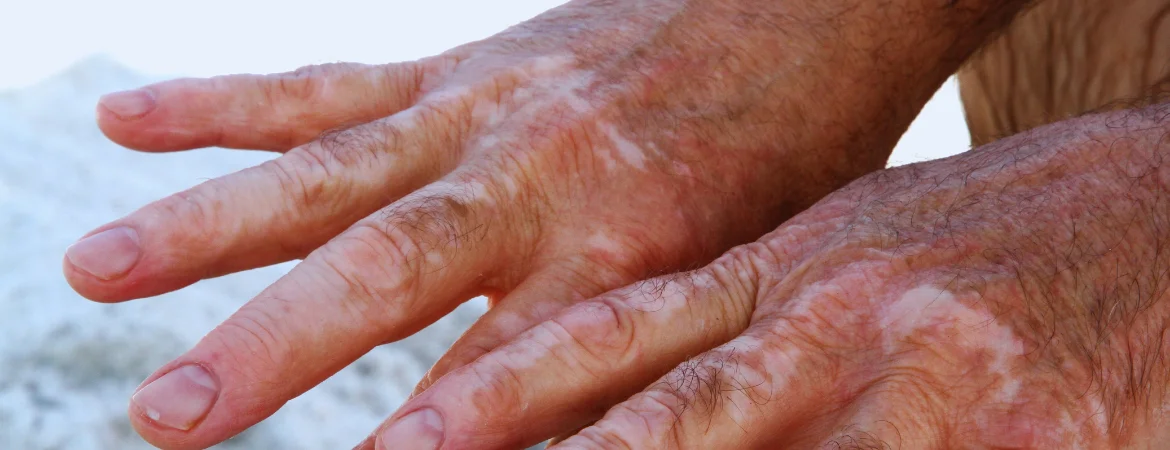
Skin cancer is one of the most common forms of cancer worldwide, and understanding its causes is crucial for prevention and early detection. The development of skin cancer is influenced by a variety of factors, both environmental and genetic. In this comprehensive guide, we will explore the primary causes of skin cancer, providing detailed insights into how each factor contributes to the risk. From sun exposure to genetic predispositions, this article aims to educate and inform those researching hospitals in Turkey about the various elements that can increase the likelihood of developing skin malignancy.
Table of Contents
ToggleSun Exposure: The Leading Culprit
When discussing skin cancer causes, sun exposure is often highlighted as the leading culprit. Ultraviolet (UV) radiation from the sun is a significant risk factor for all types of skin malignancy, including basal cell carcinoma, squamous cell carcinoma, and melanoma. Prolonged exposure to UV rays damages the DNA in skin cells, leading to mutations that can cause cancer.
The risk is particularly high for individuals who experience intense, intermittent sun exposure, leading to sunburns. This type of exposure is more damaging than chronic, lower-level sun exposure. Therefore, understanding the importance of sun protection, including the use of sunscreen, wearing protective clothing, and avoiding peak sun hours, is essential in reducing the risk of skin malignancy.
Age and Skin Cancer Risk
Age is another critical factor in the development of skin cancer. As individuals age, the cumulative exposure to UV radiation increases, and the body’s ability to repair damaged DNA decreases. This means that older adults have a higher risk of developing skin malignancy compared to younger individuals.
Additionally, the incidence of certain types of skin malignancy, such as basal cell carcinoma and squamous cell carcinoma, is higher among older populations. Regular skin examinations and monitoring for changes in the skin are particularly important for older adults to ensure early detection and treatment of skin malignancy.
Skin Color and Genetic Factors
Genetic factors, including skin color, also play a significant role in skin cancer risk. Individuals with fair skin, light hair, and light eyes have a higher risk of developing skin malignancybecause they have less melanin, the pigment that provides some protection against UV radiation. These individuals are more likely to burn and develop skin malignancy compared to those with darker skin.
However, it is important to note that skin malignancy can affect people of all skin colors. Genetic predispositions, such as having a family history of skin cancer or specific genetic mutations, can increase the risk regardless of skin color. Understanding one’s genetic risk and taking appropriate preventive measures is crucial for everyone.
Tanning Beds and Artificial UV Exposure
The use of tanning beds and other sources of artificial UV exposure significantly increases the risk of skin cancer. Tanning beds emit UVA and UVB radiation, both of which can damage the skin and lead to cancer. Studies have shown that individuals who use tanning beds, especially at a young age, have a much higher risk of developing melanoma, the most dangerous form of skin malignancy.
Public awareness about the dangers of tanning beds and the promotion of safer alternatives, such as spray tans and self-tanning lotions, can help reduce the incidence of skin malignancy related to artificial UV exposure.
Precancerous Skin Conditions
Certain precancerous skin conditions can also increase the risk of developing skin malignancy. Actinic keratosis, for example, is a common condition characterized by rough, scaly patches on the skin caused by prolonged sun exposure. If left untreated, actinic keratosis can progress to squamous cell carcinoma.
Another condition, dysplastic nevi (atypical moles), can also increase the risk of melanoma. These moles are often larger and have irregular shapes and colors. Individuals with multiple dysplastic nevi should be monitored regularly by a dermatologist to detect any changes that may indicate the development of melanoma.
Treatments and Conditions Affecting Risk
Certain medical treatments and conditions can increase the risk of skin cancer. For instance, individuals who undergo organ transplants are often prescribed immunosuppressive medications to prevent organ rejection. These medications can weaken the immune system, making it harder for the body to repair DNA damage caused by UV radiation and increasing the risk of skin malignancy.
Other treatments, such as radiation therapy for other cancers, can also damage the skin and increase the risk of developing skin malignancy in the treated areas. Patients undergoing such treatments should take extra precautions to protect their skin and monitor for any changes.
Occupational and Environmental Risks
Occupational and environmental exposures can contribute to the risk of skin malignancy. Individuals who work outdoors, such as farmers, construction workers, and lifeguards, are at a higher risk due to increased exposure to UV radiation. Protective measures, such as wearing protective clothing and applying sunscreen, are essential for these individuals.
Environmental factors, such as exposure to certain chemicals, can also increase the risk of skin malignancy. For example, exposure to arsenic, which can be found in contaminated water and certain industrial processes, has been linked to an increased risk of skin cancer. Awareness of these risks and taking appropriate protective measures can help reduce the incidence of skin cancer.
Understanding the various causes of skin cancer is crucial for prevention and early detection. By recognizing the role of sun exposure, age, skin color, genetic factors, artificial UV exposure, precancerous conditions, medical treatments, and occupational and environmental risks, individuals can take proactive steps to protect their skin and reduce their risk of developing skin malignancy For those researching hospitals in Turkey, it is important to choose a facility that offers comprehensive skin cancer prevention, diagnosis, and treatment services. Regular skin examinations, sun protection, and awareness of risk factors are essential components of a proactive approach to skin health.





